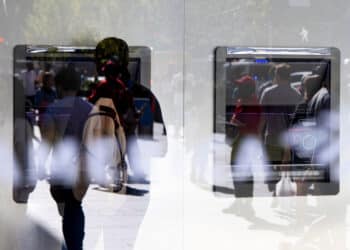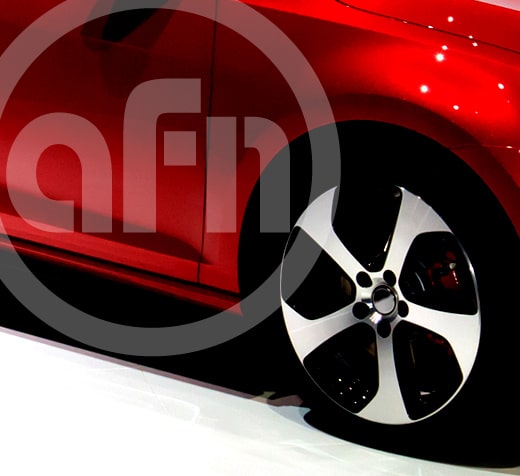High-MPG Initiative Missing Key Component: Banks
President Obama last week announced an initiative to double the average fuel efficiency of vehicles to 55 miles per gallon by 2025.
He made this pledge during remarks in Washington, D.C., flanked by “leaders of the world’s largest auto companies,” as he said during his speech. I found it curious that there were no lenders on the dais with Obama and the manufacturers. As we can all attest, the overwhelming majority of cars purchased today are financed. Without banks, the automotive industry would be a fly on the back of the economy, instead of its backbone. The automotive industry accounted for 10% of this nation’s GDP as recently as 2008, according to Ford Motor Co. Chief Executive Alan Mullaly.
I think the government needs to get involved not just in establishing standards for the manufacturing of automobiles, but also in helping further the purchases of high-efficiency vehicles. And I have a few ideas as to how that involvement can take shape.
- Establish a government-sponsored enterprise, like Fannie Mae or Freddie Mac, to purchase auto loans made on vehicles that meet certain thresholds, such as a minimum miles-per-gallon standard. Fannie and Freddie were created to spur homeownership in the U.S., and they definitely accomplished their mission (some would argue they accomplished it too well).
- Make interest on auto loan payments tax deductible, if the vehicles are deemed to be high efficiency. Interest on mortgage loans was made tax deductible to spur homeownership.
- Guarantee loans made on high efficiency vehicles, similar to how the Small Business Administration guarantees loans to small businesses.
The federal government has already once involved itself in trying to help persuade consumers to exchange older, less efficient vehicles for cars and trucks that get better gas mileage. “Cash for Clunkers” was a boon for the auto industry. But it didn’t last long enough or go far enough. If the federal government really wants to be an agent for change, it has to hit consumers where it matters most: in their wallets.
President Obama can talk about the money that consumers can save by buying less gas, but that money comes in small amounts over years and years of driving. He needs to show consumers he means business by giving them more of a financial incentive to change their behavior. If he wants people to follow his lead, he needs to put his money where his mouth is.










